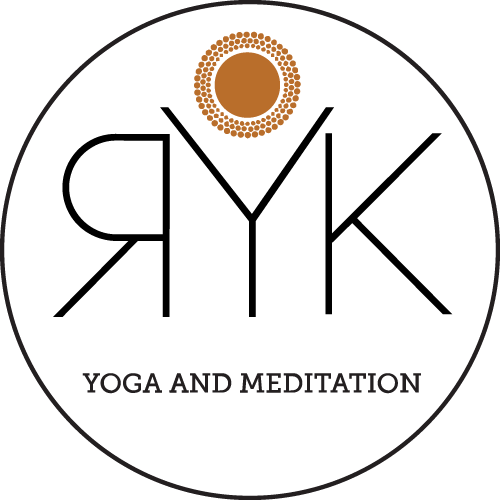As a new student, you have signed up for the New Student Special and have decided you are ready for your first Kundalini Yoga and Meditation class. You walk in to find your spot and you notice that a lot of the students have their head covered – knitted hats, scarves, bandanas, headbands…
You think to yourself that it may just be a coincidence until the teacher walks in wearing a turban.
All of a sudden what was supposed to be a fun, new experience seems like it might not be what you thought. Weird, even!
“Is this a religious thing? Because I’m just here for yoga.”
“Did someone forget to tell me that I’m supposed to wear this?” “Is this a requirement??”
You aren’t alone! New experiences can often feel scary if you are uncertain about what is going on, so we are going to try to answer some questions and leave you excited to dive into the beautiful science of Yoga!
First, Kundalini Yoga is not a religion; it is universal and nondenominational. Anyone can practice regardless of their religious beliefs. Students of Kundalini Yoga are not required to cover their head, but you will find that seasoned practitioners may utilize different types of head coverings in class. Your teacher’s head will always be covered, usually with a turban. Listed below are several reasons why we cover our head during practice:
- Wearing a head covering enables you to command your sixth center, the Ajna Chakra, to stimulate the 3rd Eye and increase intuition; it helps to stabilize the skull, the cerebral matter and the 26 parts of the brain, which are interlocked with the neurological system and electromagnetic field. It creates a focus of the functional circuit of the hemispheres of the brain, and tunes the neurological system.
- The skull is made up of tiny bones that are constantly moving even if only by micromillimeters and the degree to which they move impacts levels of calmness or anxiety. Covering the head provides a sense of containment and focus while practicing yoga or while doing work that requires clarity of thought.
- Head coverings of any kind (preferably with a white, natural cloth) are useful for a meditative practice. Turbans in particular are useful for holding energy in, and for creating a meditative focus at the third eye point (brow point). In addition, the turban provides a nice cranial adjustment; it literally helps “keep your head together.”
- When the crown of the head (the Seventh Chakra) is covered it can help to stimulate wisdom, inner knowing and a more conscious approach to daily life. The experience during meditation is deeper and the benefits are faster.
We will never pressure you to cover your head during class. An experiment doesn’t hurt! Try meditating either at home or in class with the cover and see how it feels to you. If you like the difference it makes, fantastic! Always feel free to ask any teacher, student, or our Yoga Advisor questions about the yoga and meditation classes or our Las Vegas yoga studio. You’ll find that we love to talk about your journey and help you along in any way we can! Blessings!

